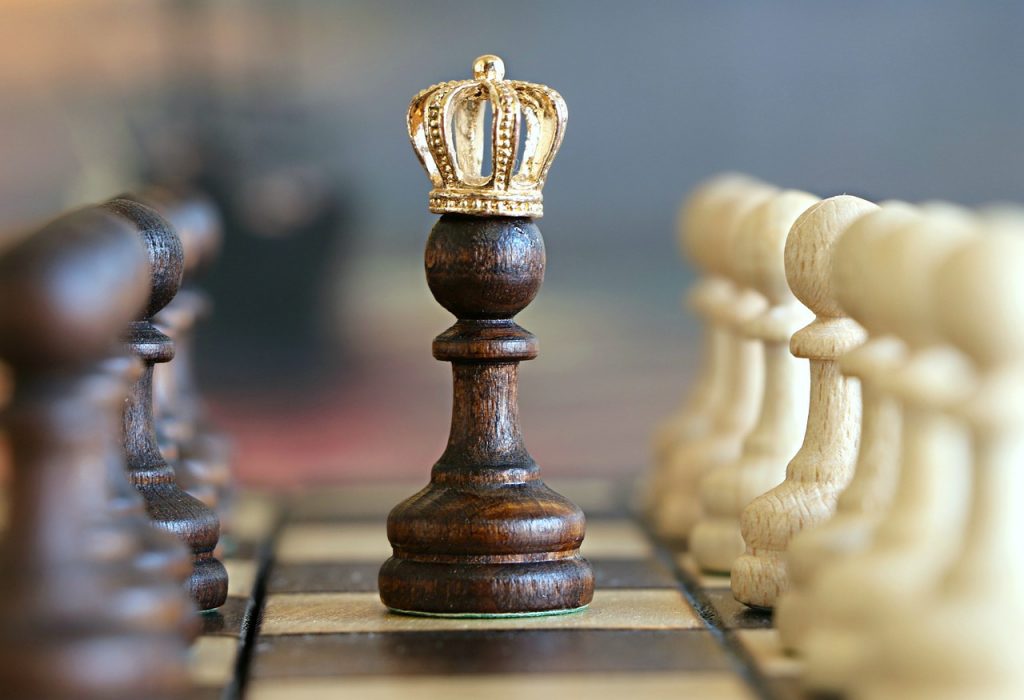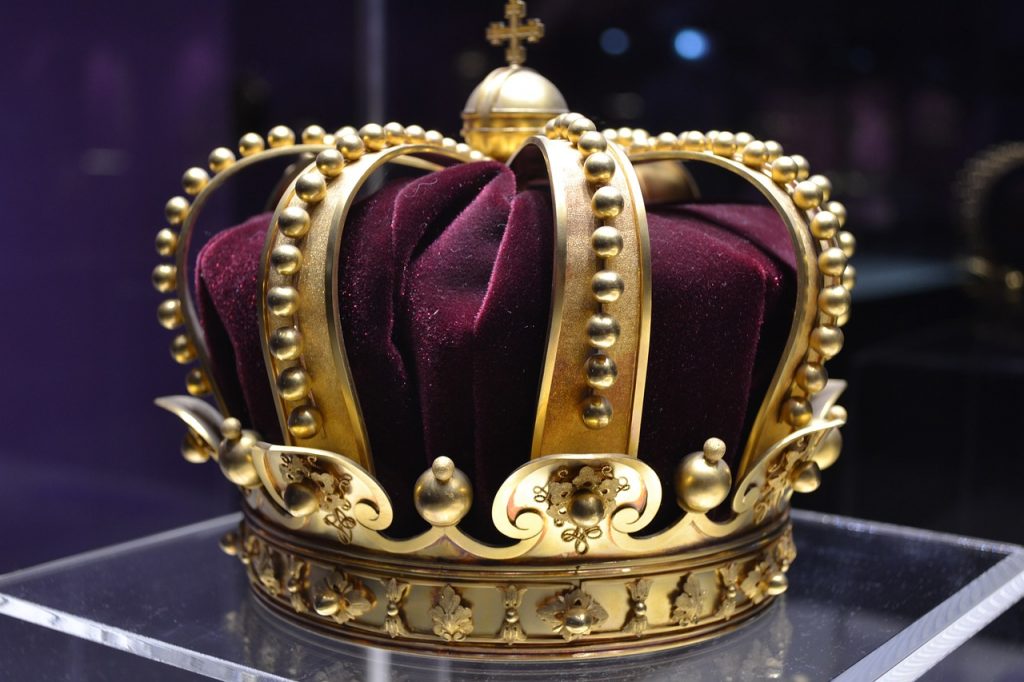Царь, царевич, or Royal Titles in Russian Posted by Maria on Jan 17, 2019 in History, Vocabulary
Are King Arthur and King Solomon both “коро́ль” in Russian? Why are both принц and князь used to say “prince,” and what’s the difference? This post will look at some royal titles in Russian and give examples of famous bearers of these titles.
Коро́ль/Короле́ва
The term “коро́ль” (king) is believed to come into Slavic languages from Charlemagne’s name. This word traditionally referred to Western/Catholic kings, although nowadays it may be used for other monarchies. A kingdom is короле́вство.
Короле́ва is “queen,” and normally means the king’s wife, although a queen in her own right would be короле́ва, too.
Some famous bearers of these titles are:
- коро́ль Арту́р (King Arthur)
- короле́ва Викто́рия (Queen Victoria)
- коро́ль Ге́нрих VIII (number pronounced “восьмо́й“—King Henry VIII)
- коро́ль Людо́вик XIV (“четы́рнадцатый“—King Louis XIV)
Царь/Цари́ца
The title царь (tsar) comes from the Latin “caesar” and is traditionally used for most Orthodox Christian (Russian and otherwise) monarchs and rulers outside the “West.” Цари́ца is the female counterpart, either as the tsar’s wife or as an independent ruler. Note that this word is different from the English “tsarina”—it’s цари́ца, not царина. The king’s daughter would be called царе́вна, and the son царе́вич.
Here are various people who are referred to by that title:
- царь Дави́д (King David, not
король Давид) - цари́ца Тама́ра (Tamar of Georgia)
- царь Эди́п (King Oedipus)
- цари́ца Клеопа́тра (Queen Cleopatra)
Of course, there is also импера́тор (emperor) and императри́ца (empress), but these titles tend to cause less confusion.
Принц/Принце́сса
These words refer to a prince or princess, usually as the children or siblings of a ruling monarch in the “West.” In addition, the fairy-tale princess is usually принцесса, too, as long as the story is from Western Europe—or in Disney movies, like Cinderella, Snow White, The Little Mermaid, etc. In Russian fairy tales, you will often come across царе́вна as the daughter of the tsar.
Here are some famous bearers of the title:
- Принц Уэ́льский (rarely Принц Валли́йский—the Prince of Wales)
- Принце́сса на горо́шине (The Princess and the Pea)
Князь/Княги́ня
A prince in his own right and not just the son of a king is called князь in Russian. (There are cases of calling other members of the royal family or noble people in general “князь,” in Russian history and otherwise. This post will concentrate on the original “standalone” sense of the word.) This word is a cognate of such words as “king,” “König,” etc. A principality is кня́жество, for example, Кня́жество Мона́ко (The Principality of Monaco). The wife of such a ruler or a female ruler in her own right is called княги́ня, and the daughter of such a ruler is called княжна́.
Some well-known examples include:
- князь И́горь (Prince Igor)
- княги́ня О́льга (Princess Olga)
- князь Мона́ко (the Prince of Monaco)
I hope you learned something new from this post! What other famous examples can you think of? To the history or politics buffs among our readers—feel free to add information or make correctionsю

Build vocabulary, practice pronunciation, and more with Transparent Language Online. Available anytime, anywhere, on any device.






Comments:
Liz Cousins:
Здравствуйте! I am hoping you can help me. My Great Grandfather(Russian, last name Wolsky/Walsky) worked a a Tailor for a Count Pytatok(?). Can you tell me the word for “Count” in Russian? I am trying to learn more about where he was from and our family history. Thank you very much!
Maria:
@Liz Cousins Добрый день, Liz! Count would usually be граф (graf), like the Count of Monte Cristo. I hope this helps and good luck in your research.
samonen:
Импера́тор (emperor) and императри́ца (empress) were used in the Russian Empire period, that is Peter I (the Great) onward, from 1721 to 1917 when St. Petersburg was the capital. However, people did continue to use the title царь (czar) colloquially, but technically царь only designated the emperor as being the sovereign ruler of certain (originally non-Russian or non-Русь, mostly “Oriental”) parts of the Empire: czar of Astrakhan, czar of Kazan, czar of Siberia, later even czar of Poland.
The emperor was the Grand Duke (or Grand Prince) of Finland, where he was called “keisari” (as in German Kaiser, a cognate of царь, from Caesar).
Liz Cousins:
@samonen Thank you very much!